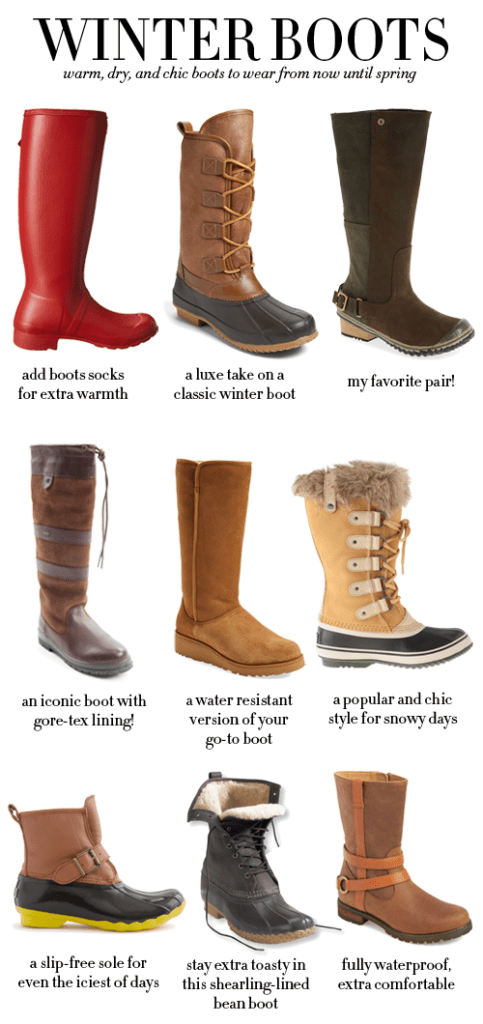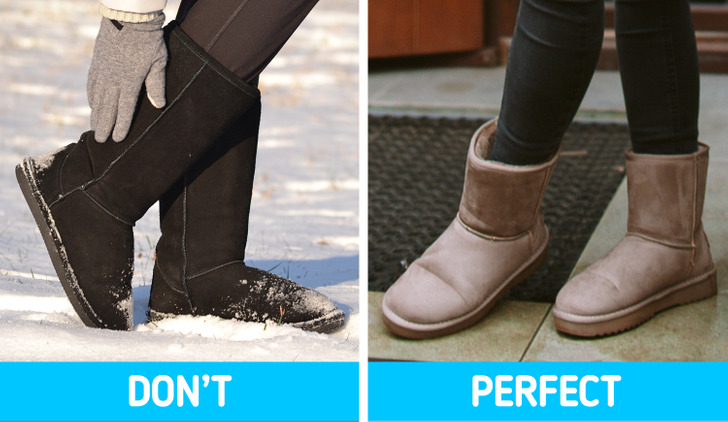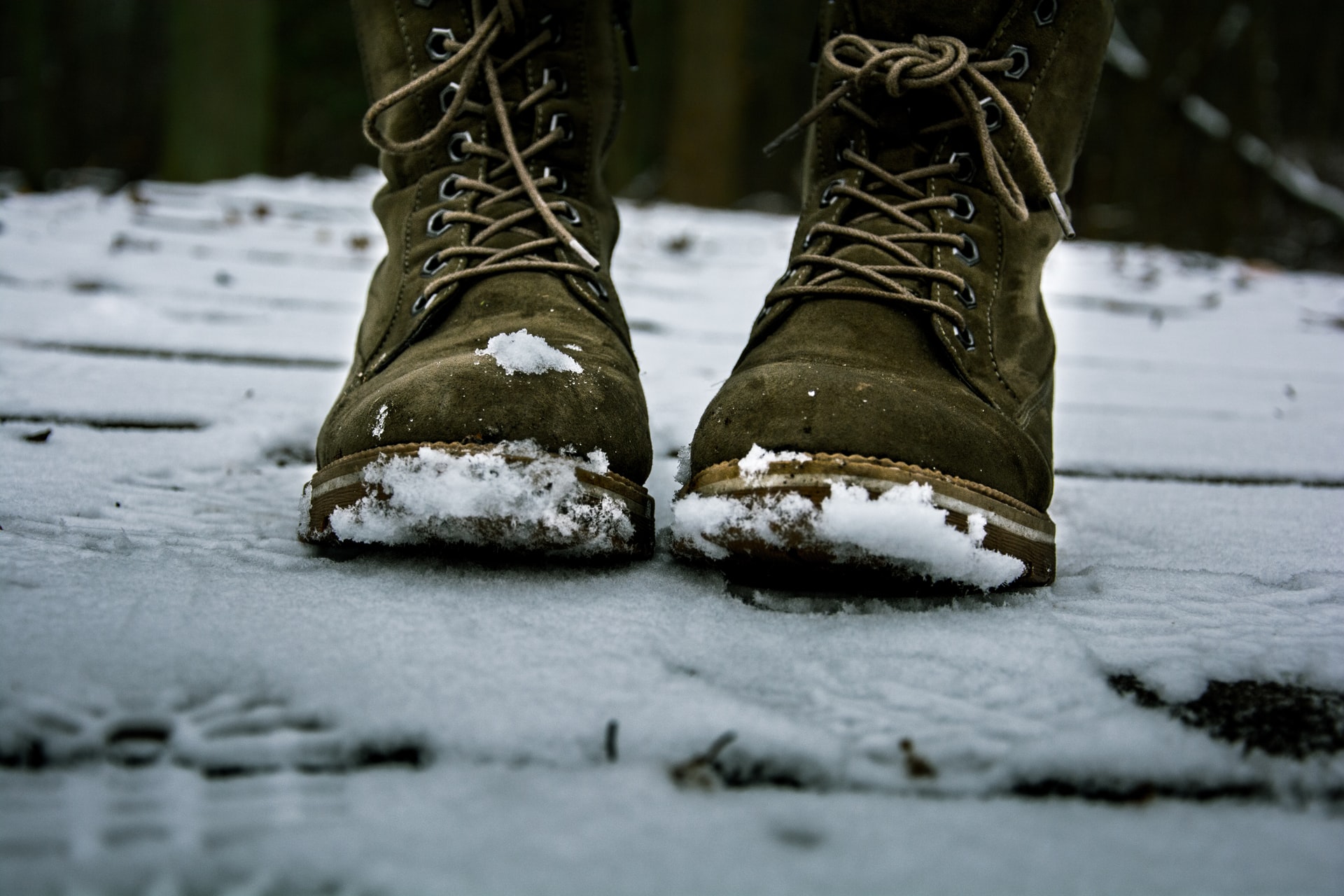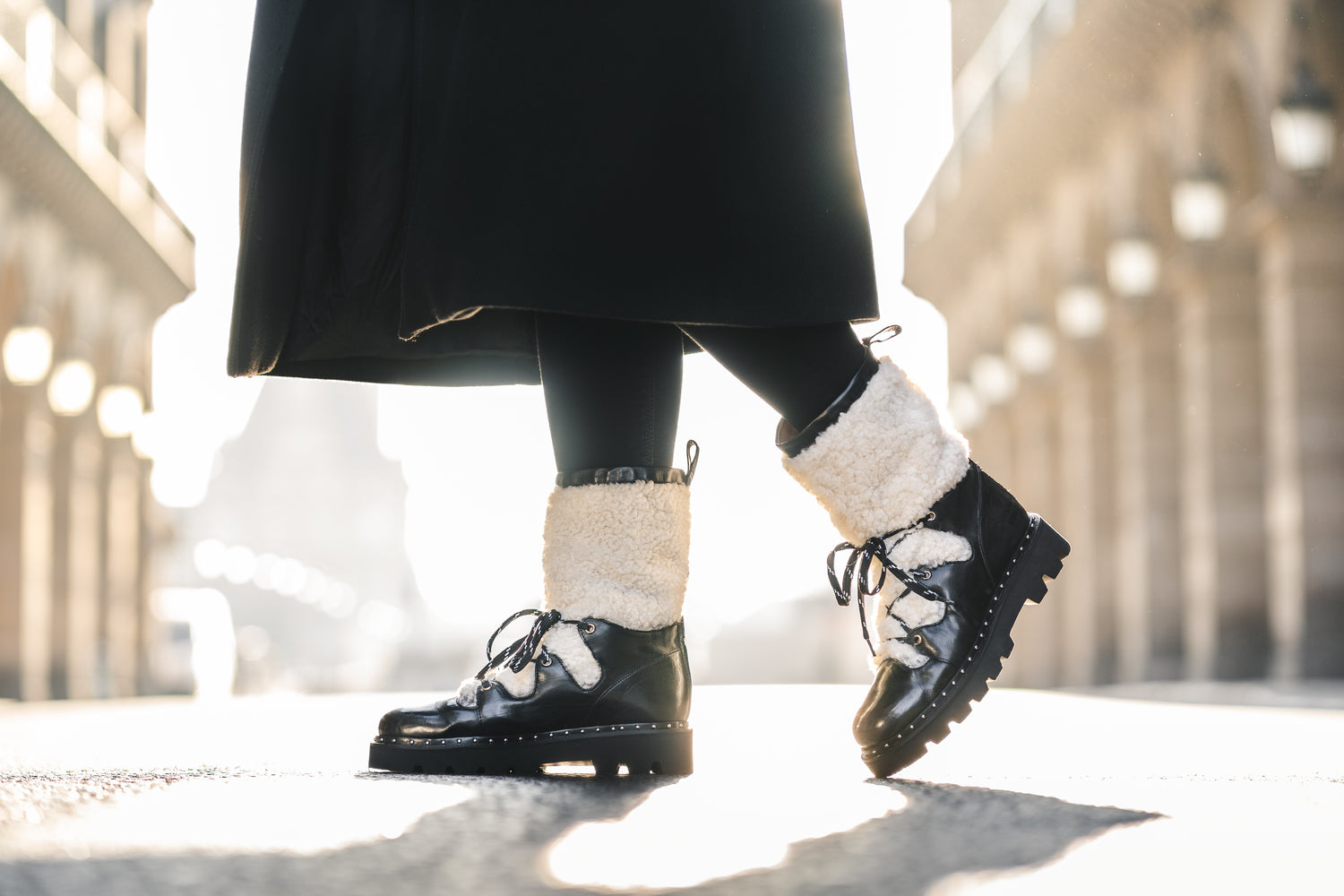When winter hits and snow blankets your surroundings, choosing the right footwear becomes paramount. Whether you’re trudging through deep snow, embarking on a snowy hike, or simply trying to get to work, wearing appropriate shoes can make a world of difference. In this comprehensive guide, we will explore various footwear options for snowy conditions, weighing their pros and cons, and providing you with the tips and insights you need to select the best shoes for snow.
The Importance of Choosing the Right Footwear in Snow
Wearing the right shoes during snowfalls isn’t just about style; it’s about safety, comfort, and insulation. Snow can create slippery sidewalks, icy patches, and cold temperatures that can lead to potential injuries and discomfort. Poor footwear choices can lead to frostbite, slips and falls, and overall unpleasant experiences. According to a report by the National Safety Council, slips and falls account for a significant portion of winter-related injuries, underscoring the necessity of having appropriate footwear for snow.
Key Features to Look for in Snow Shoes
- Waterproofing: Ensures your feet stay dry.
- Insulation: Keeps your feet warm in frigid temperatures.
- Traction: Offers grip on slippery surfaces.
- Comfort: Essential for extended wear, particularly in outdoor activities.
Types of Shoes to Wear in Snow
When it comes to footwear for snowy conditions, there are several types to consider. Below, we break down the most popular options and analyze their performance based on real-world experiences.
1. Snow Boots
Snow boots are specifically designed for winter conditions, often featuring waterproof materials, insulation, and rugged outsoles for traction. Brands like Sorel, Columbia, and North Face are well-known for their durable snow boots.
Case Study: Sorel Explorer Joan Boot
The Sorel Explorer Joan Boot has gained popularity due to its stylish design and effective snow performance. A recent user review highlighted their experience during a snowstorm. “I wore them for a five-hour trek in the snow, and my feet remained warm and dry the entire time. The grip was excellent on slippery surfaces!”
Pros and Cons of Snow Boots
| Pros | Cons |
|---|---|
| Highly insulated | Can be bulky |
| Waterproof | Limited fashion options |
| Excellent traction | Requires break-in period |

2. Waterproof Hiking Shoes
Waterproof hiking shoes can also be suitable for snowy conditions, especially for those who enjoy winter hiking. Brands like Merrell and Salomon offer models with waterproof features and designed for traction on snow and ice.
Real-World Experience: Merrell Moab 2 Waterproof Hiking Shoes
A hiker mentioned, “During our winter trek on the Appalachian Trail, I wore Merrell Moab 2 Waterproof Hiking Shoes. They were not only comfortable but provided fantastic grip on snow-packed trails.”

Advantages and Disadvantages
| Advantages | Disadvantages |
|---|---|
| Lightweight | Less insulation compared to snow boots |
| Versatile for multiple activities | Not fully waterproof in heavy snow |
3. Winter Sneakers
Many footwear brands have developed winter versions of their popular sneaker designs. These shoes often include additional insulation and water-resistant coatings, making them a more casual option for snowy days.

Example: Adidas Terrex Trailmaker
The Adidas Terrex Trailmaker is one such option that blends style with functionality. A user from Colorado shared, “I wore them for a casual outing in the snow, and not only did they keep my feet warm, but I also didn’t slip while walking on icy sidewalks.”
Benefits and Drawbacks of Winter Sneakers
| Benefits | Drawbacks |
|---|---|
| Stylish look | Less protection than boots |
| Comfortable for daily wear | Limited insulation |

4. Insulated Rubber Boots
Insulated rubber boots are ideal for extremely wet and cold conditions. They provide warmth and are perfect for activities like snow shoveling or walking through slushy roads.
Testimonial: Bogs Classic High Insulated Rain Boot
A customer from Minnesota noted, “I’ve used my Bogs boots for everything from snow shoveling to walking my dog. They’re incredibly warm and easy to clean, which is a big plus during winter.”

Pros and Cons of Insulated Rubber Boots
| Pros | Cons |
|---|---|
| Excellent waterproofing | Can be heavy |
| Very warm | Limited style options available |
Choosing the Right Fit
Regardless of the type of shoe you choose, having the correct fit is crucial. A poorly fitting shoe can lead to blisters, discomfort, and even compromised traction. Here are a few tips to ensure a good fit:
Tips for Finding the Perfect Fit
- Try shoes on with the socks you plan to wear.
- Ensure there’s enough space in the toe box for movement.
- Walk around the store on different surfaces to check grip.
- Check for arch support and overall comfort.

Maintenance Tips for Snow Shoes
To extend the life of your snow footwear, proper maintenance is essential. Here are a few tips to keep in mind:
Cleaning Your Snow Shoes
Remove dirt and salt after each use. A damp cloth can help remove excess grime. Avoid using harsh chemicals as they may damage the materials.

Drying Techniques
After exposure to moisture, ensure your snow shoes are dried properly. Never place them on direct heat sources; instead, let them air dry in a well-ventilated area.
FAQs: What Shoes to Wear in Snow
1. Can I wear regular sneakers in the snow?
While regular sneakers may provide some comfort, they often lack waterproofing, insulation, and grip necessary for safe movement in snowy conditions. It’s advisable to opt for specialized footwear.
2. What features should I avoid in snow shoes?
Avoid shoes made from non-water-resistant materials and those without adequate traction. Additionally, shoes that lack insulation can lead to cold feet.
3. How important is insulation in snow boots?
Insulation is crucial in snow boots as it helps to retain body heat. Good insulation can prevent frostbite and keep your feet warm during prolonged exposure to cold.
4. Are all snow boots waterproof?
Not all snow boots are waterproof. It’s essential to read product descriptions carefully and look for specific waterproof features before purchasing.
5. How do I know if my snow shoes fit well?
Your snow shoes should feel snug but not cramped. Ensure there’s wiggle room for your toes and check for comfort around the arch and heel.
6. Can I wear my snow boots for hiking?
Yes, many snow boots are versatile enough for hiking. However, specific hiking boots might offer better grip and comfort for extended treks.
7. Should I size up in winter boots?
It’s often recommended to size up to accommodate thicker socks and ensure comfort, especially if you plan to wear them for long periods.
8. What brand of snow shoes is the best?
Brands like Sorel, Columbia, Merrell, and North Face are popular options. The best choice will depend on your specific needs and foot type.
9. Do I need to break in snow boots?
Some snow boots may require a break-in period, while others are ready to wear straight out of the box. Always try them on and take short walks to assess comfort.
Conclusion
Selecting the right shoes for snow can transform your winter experience from miserable to enjoyable. With options ranging from snow boots to insulated sneakers, you can find footwear that meets your needs while providing comfort and safety in snowy conditions. Remember to consider factors like insulation, waterproofing, and fit when choosing your winter footwear. By arming yourself with the right knowledge, you can ensure that you’re well-prepared for whatever winter throws your way!